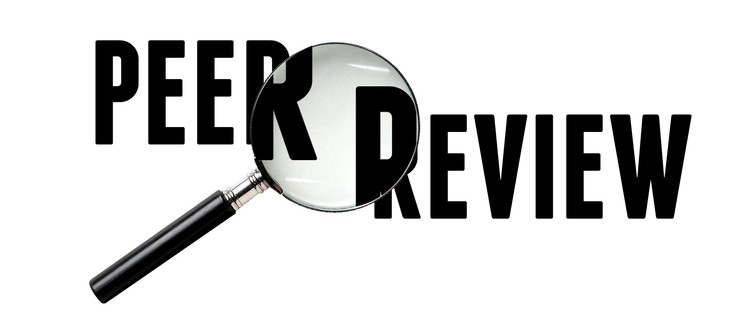A retraction notice for a 2021 paper in an environmental sciences journal has us wondering if the peer review process for the publication should be declared a Superfund Site.
The article, “Experimental study and numerical prediction of HTO and 36Cl− diffusion in radioactive waste at Téguline Clay,” appeared in Environmental Technology, a Taylor & Francis title, and was written by a group at Central South University, in Changsha.
Evidently, little in that title was accurate.
According to the retraction notice:
Following publication, errors have been identified in the experimental work and numerical simulation as follows:
1) The experimental results presented in this paper are too limited to effectively support the numerical analysis.
2) Although XRD, MIP, SEM and other microstructural tests were conducted and presented in this paper, the results of these microstructural tests have not been used in the numerical analysis, leading to incorrect results shown in Figure 11.
3) There is a serious discrepancy between the simulated results and the real conditions, due to an incorrect selection of diffusion parameters and initial concentration (200 mg/L and 500 mg/L) as well as an incorrect simulation model and boundary condition (Figure 4).
4) The simulation software (Geo-studio + MATLAB) appears to be unsuitable for the simulation work in this paper due to physical, mechanical and adsorption properties of the sample not being considered in the simulation.
These errors were identified and acknowledged by the authors. The errors are too substantial to be corrected in a corrigendum and will alter the conclusions of the paper. There are no concerns regarding research or publishing conduct, and the authors plan to revisit the relevant mature results of their research and may resubmit the revised paper for consideration by the journal.
We have been informed in our decision-making by our policy on publishing ethics and integrity and the COPE guidelines on retractions.
The retracted article will remain online to maintain the scholarly record, but it will be digitally watermarked on each page as “Retracted”.
Corresponding author Yong He did not respond to a request for comment. Taylor & Francis, of whom we asked to see the peer reviews, declined to share “confidential details of peer review for individual papers.”
A spokesperson for the publisher added:
We are satisfied that the article was peer reviewed within the journal’s policy of single blind review by independent, anonymous expert referees.
Apparently it’s fine if something resembling review occurred, whether or not that review was any good.
Like Retraction Watch? You can make a one-time tax-deductible contribution or a monthly tax-deductible donation to support our work, follow us on Twitter, like us on Facebook, add us to your RSS reader, or subscribe to our daily digest. If you find a retraction that’s not in our database, you can let us know here. For comments or feedback, email us at [email protected].

At least in physics, no one has taken T&F journals seriously in the last 20 years. They might as well be Elsevier.